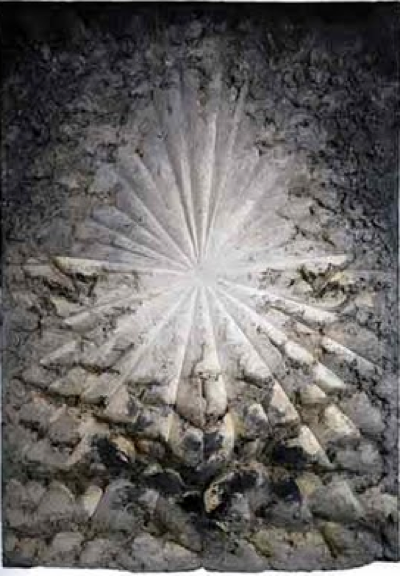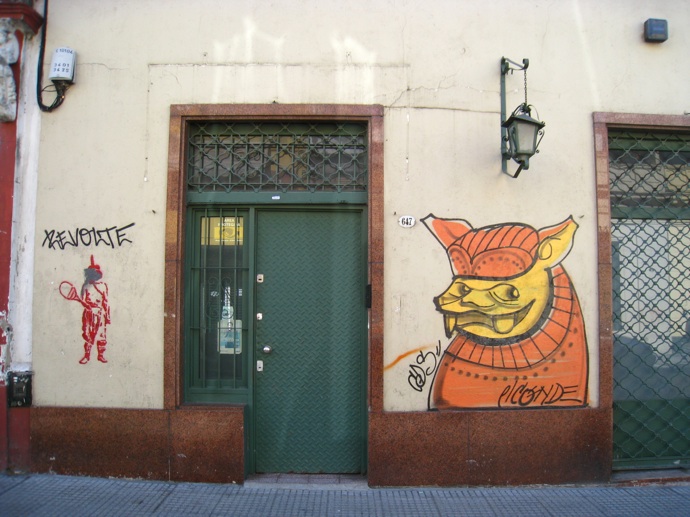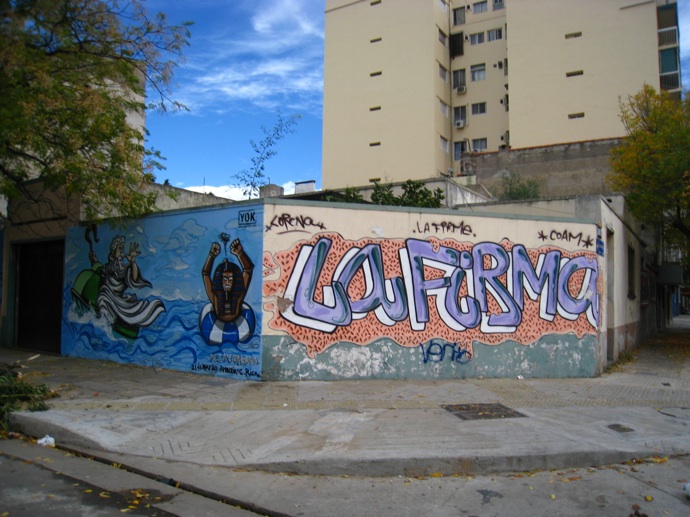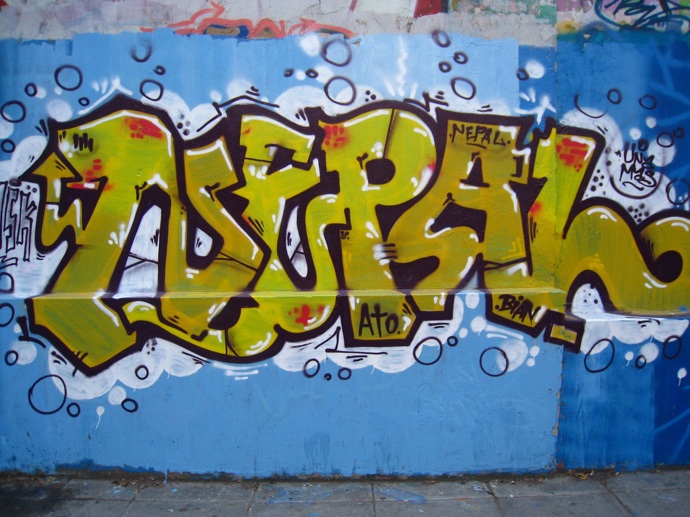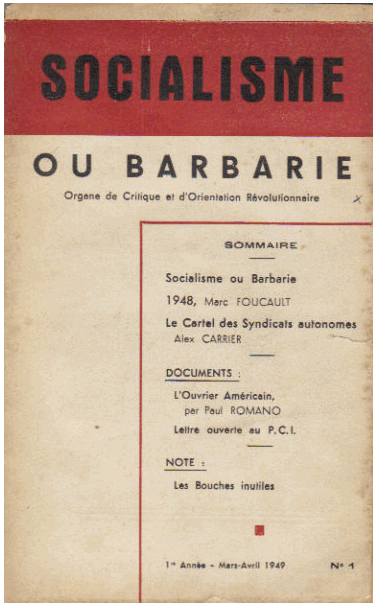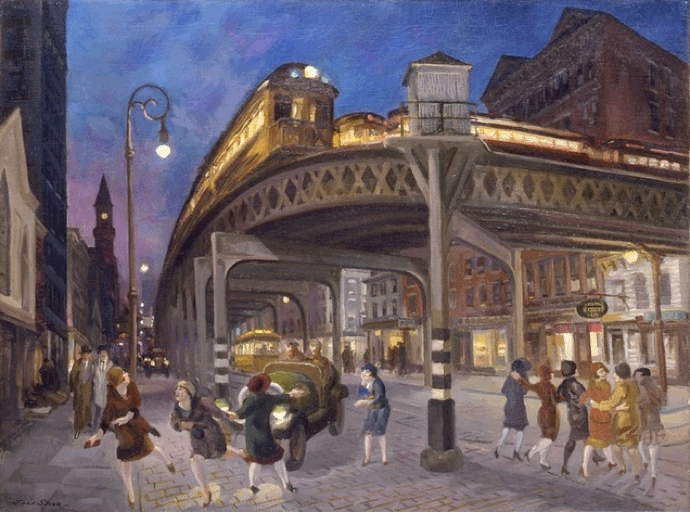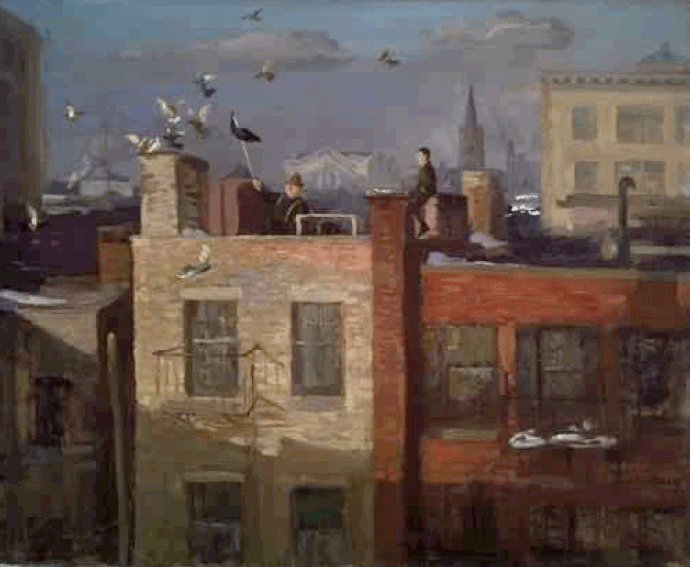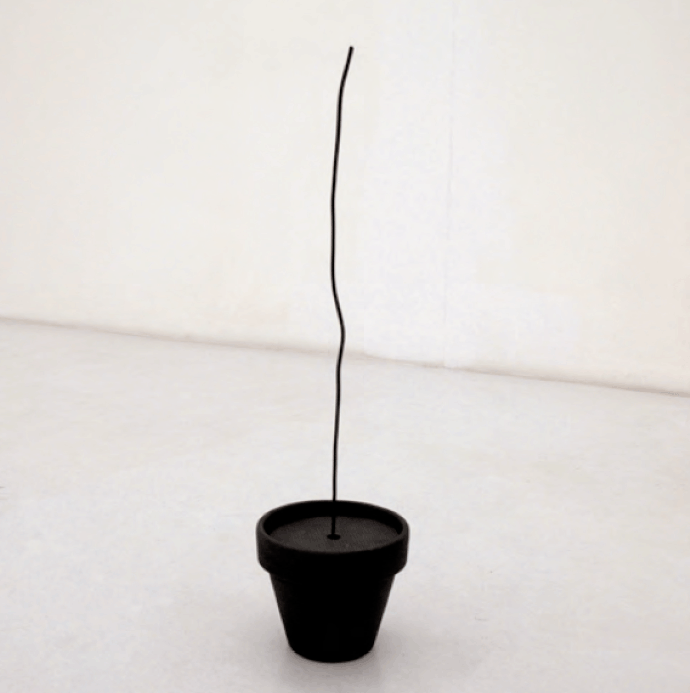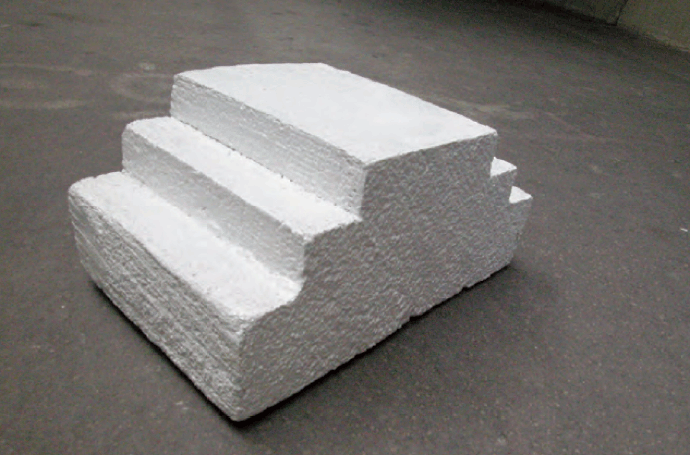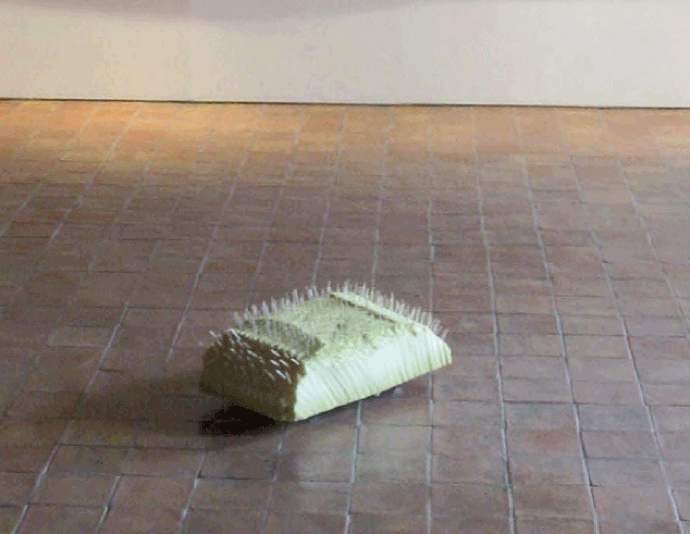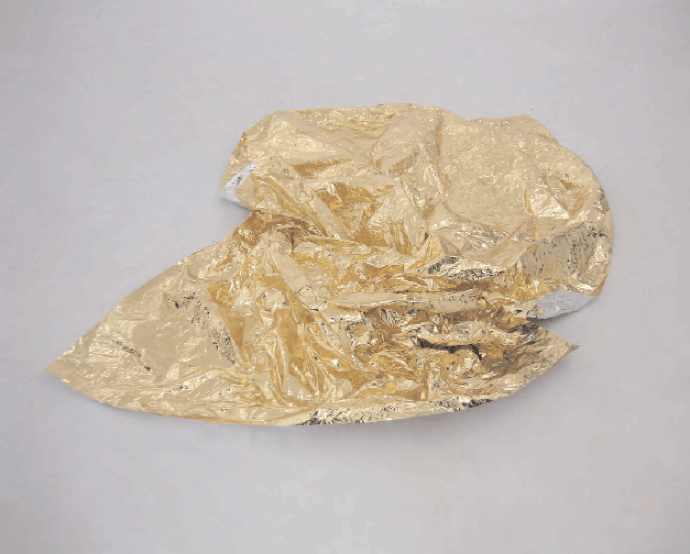Forgive me for beginning with beginning with an insidious Kantian claim: good performance art is marked by an air of imponderability. Its most salient feature is its presence — its aliveness and unpredictability in the here and now. Its power is not conceptual but visceral, and though it can be parsed, talked about and chewed over after the fact, if it’s any good, what you will remember will not be abstractions of thought and meaning but the unforeseen sensations and emotions that made that-thing-there-that-you-see-and-hear stand apart from everyday life.
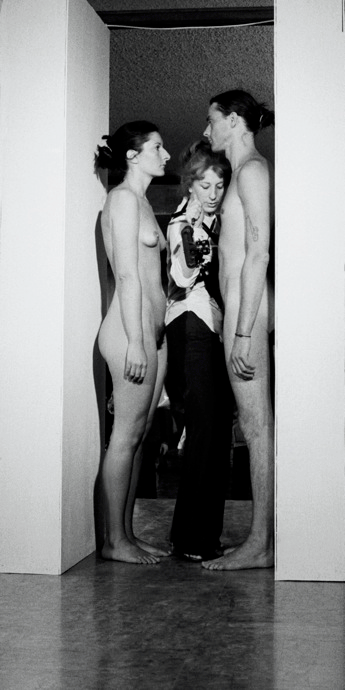
Imponderabilia is a 1977 performance in which Marina Abramović and her partner Ulay stood on opposite sides of a doorway, forcing visitors to squeeze between them in order to pass through. I first saw a video of this piece at ShContemporary and while I appreciated that it was projected near the entrance, it felt a bit dated to me, stuck in the Body Art Moment. The “choice” forced by those who transverse the narrow passageway — to face the man or woman — felt disingenuous. On another level, I feel dissatisfied with just footage of performances: drained of the aura that emanates from live bodies, the initial provocation becomes an object of historical interest — nothing more, nothing less. In other words, watching videos of 1970’s performance art takes me straight back to endless discussions of gender at Bryn Mawr [cue Indigo Girls soundtrack here] which — let’s face it — gets old pretty quickly.

WHAT!? (Shut up, Bryn Mawr.)
Marina Abramović’s retrospective and performance at MoMA doesn’t resemble so much school, but rather boot camp for performance artists. Scattered throughout the exhibition are “re-performances” (Abramović’s term) of her most famous pieces. Some of these are rather tame, such as a man and a woman joined together by their hair. Others look downright excruciating: for the piece entitled Luminosity, a woman balances precariously on bicycle seat mounted high upon a wall. The oft-talked-about re-performance of Imponderabilia is participatory, and you too can brush up against the unclothed body of your choosing, albeit under the eye of an exceedingly nervous guard who stands an arm’s length away.
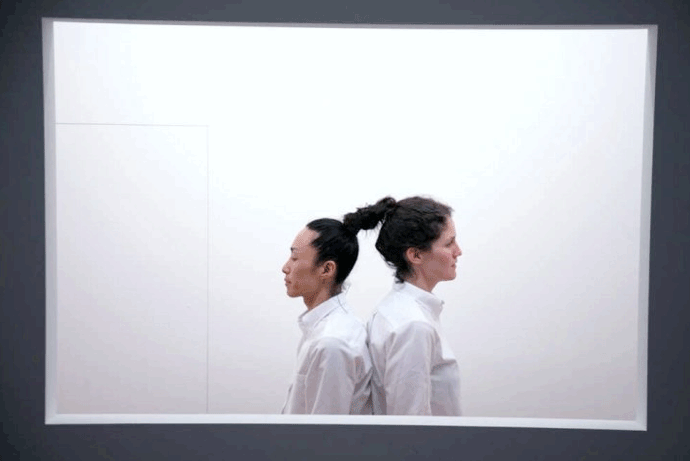
What I was surprised to discover was that Abramović’s performances still retain a bit of their sensory violence, even thirty years later. By violence I mean not merely the potential to shock but a latent or prospective violence, the violence of a potential reaction or expression. I have to admit my heart raced a bit faster passing through the two naked strangers (and since you asked, I faced the woman). And Luminosity snatched my breath away when I realized that it was a real nude outstretched on the wall and not a projected image.
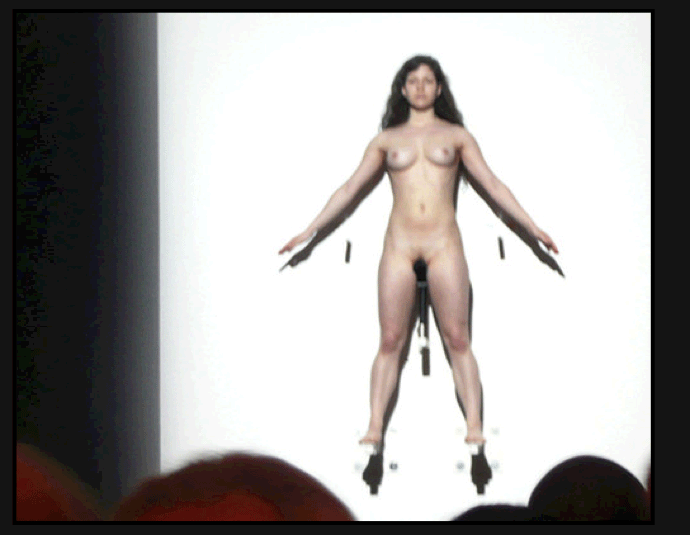
But the most chilling performer is of course Marina Abramović herself. John Perreault is right in that none of these performance art rookies can match her level of charisma, and in person, she struck me as a peculiar synthesis of a Buddhist monk and a witch. For her performance at MoMA, she will sit in silence at a table for the length of the exhibition — more than three months. You can sit in the empty chair across from her, but she won’t speak to anyone during the entire duration of the piece. The performance is called “The Artist is Present” and it as simple as it is profound.
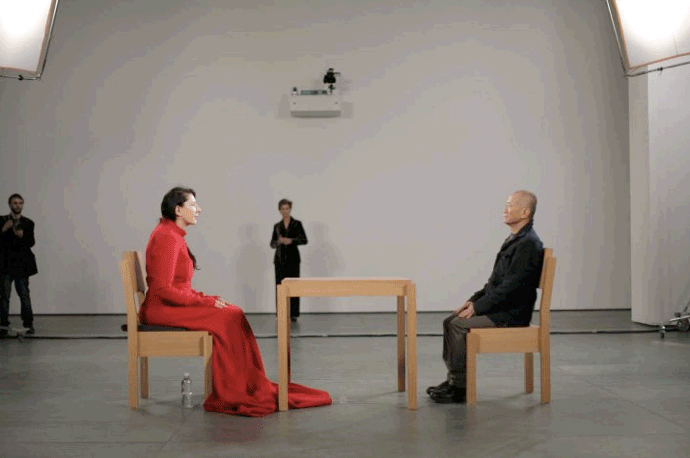
Marina Abramović sitting across from Tehching Hsieh, another master of endurance.
Except when she isn’t present. In this edition of Marina Abramović 2.0, the performance is webcast via a live feed from MoMA’s website. You can check in with Marina when the museum is open, and check out whoever is sitting opposite the diva at that very moment. Part JenniCam, part Andy-Warhol’s Empire, the webcast hangs onto the liveness but subtracts the presence. One hopes that people will not forgo seeing Abramović in person.
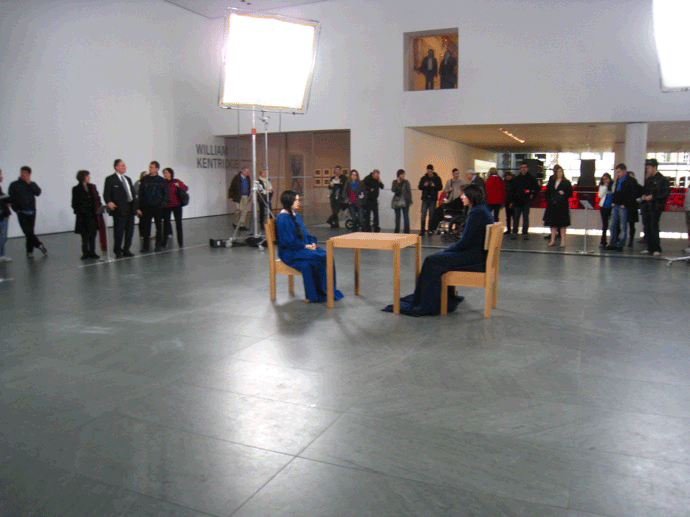
In addition to the webcast, Abramović’s (and perhap’s MoMA’s) obsession with documenting her work is more than evident here, with three cameras, light reflectors, and a photographer that will snap the picture of every person who sits across from her. This is nothing if not a movie set, with Marina as its star.
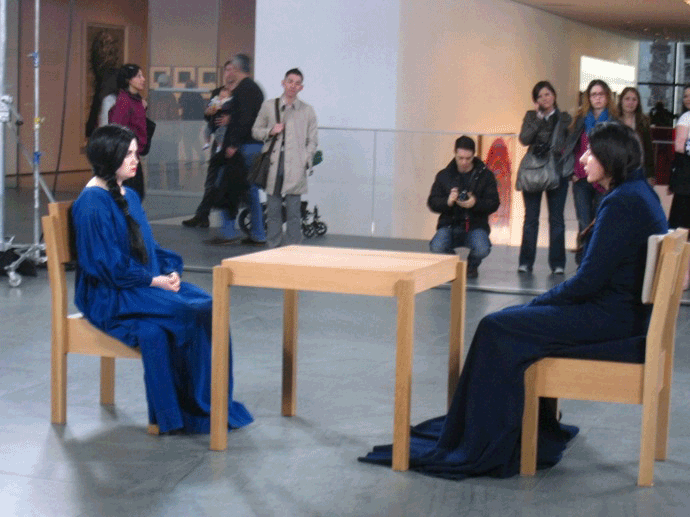
Except when she isn’t. When I visited the museum, a performance artist named Anya Liftig came dressed as Marina in a royal blue dress, her hair braided over her shoulder. On that day, I would say Marina and Anya shared equal billing, as everyone was entranced by this spectacle of look-alikes looking at each other. Here’s what Anya wrote on Jerry Saltz’s facebook page about her experience:
I went through so many transformations as I sat there. Initially, I wanted some rise out of her, some acknowledgement of my gesture. Then I wanted to confess, as if I had been a bad child. Then, I felt myself get so angry that I almost started to cry. Why was she so special and why was I so small and weak? The glory of the venue wore off rather quickly. At a certain point, I felt like we were locking horns. She leaned forward and so did I. I started aping her every little movement and I kept hearing myself say, “move over bacon, here comes sausage.†Then I would crack again. She’s so strong. I was intimidated. She is like a mountain. She is my hero. But I knew I could make it through the day. I was hallucinating all over the place. She looked like a baby to me at one point. I thought about how hard it is to let myself be loved, I wondered if she felt that way too. I asked her with my mind. I wondered what I wanted out of her, why approval from anyone was so important. I wondered if I really just wanted all of the people in the atrium to loathe me so I sat there and let them loathe me. I thought about my parents and that one day they will die and I will be devastated. I thought I was hallucinating the whole thing. I thought that performance art is a more wonderful experience than any drug ever. I wanted to pee really badly. I wanted a way in. I wanted my contacts to stop falling out of my eyes. Every time I thought about leaving the chair, I got pissed at myself. I got pissed at her. I got pissed at the museum. I just got pissed. And damn it felt GOOD.
Getting pissed is pretty imponderable, if you ask me. And though some have criticized “The Artist is Present” for being highly scripted, Anya’s performance proves that there’s space for unforeseen and unpredictable circumstances to arouse viewers (and potential performers) alike.
John Perreault’s Artopia review
A post-performance interview with Anya Liftig from No Smarties

